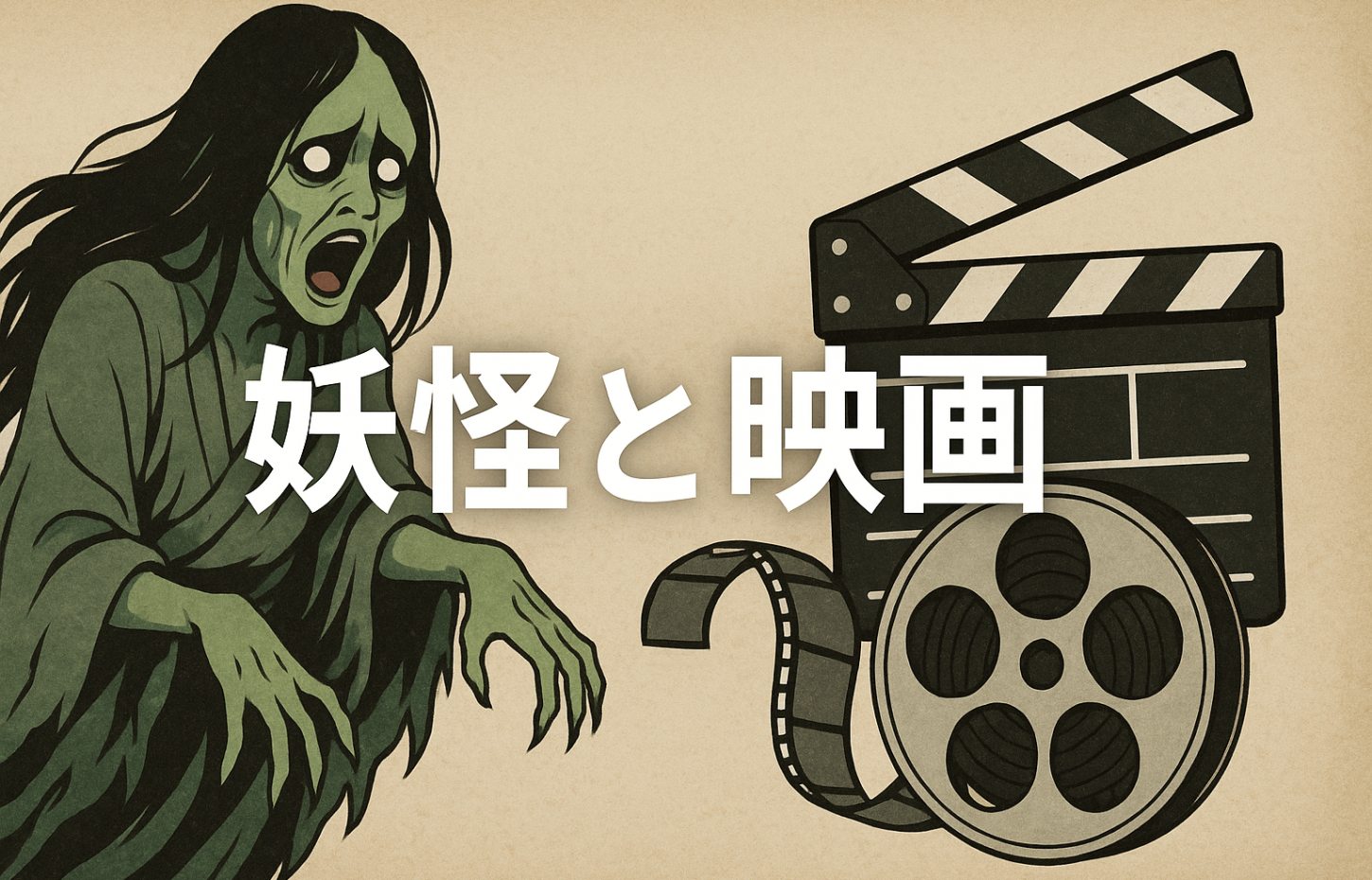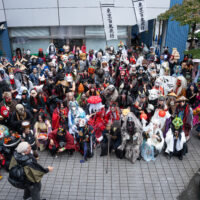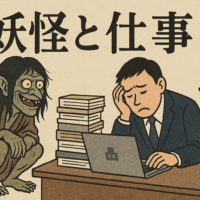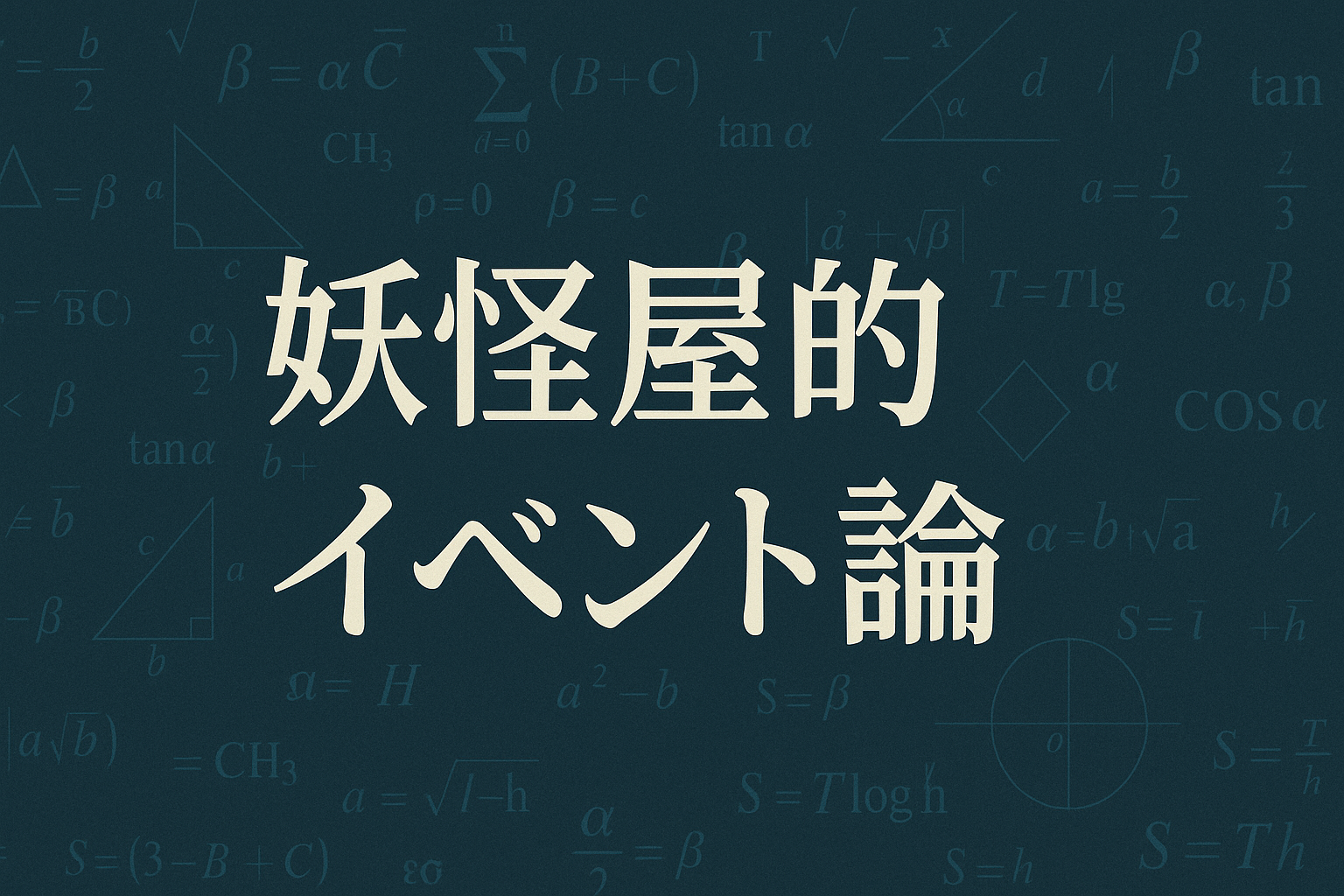
Yokai and Folklore: A Culture of Listening to the Invisible

Many people may think, "Yokai are just creatures from old tales, aren't they?" However, behind the "sense of strangeness" or "presence" we suddenly feel in our daily lives, and the "customs that we follow for no apparent reason," two cultural currents, yokai and folklore, run silently through us.
In this article, let's look at the intersection of "folklore" and "yokai" and explore why it is still meaningful to us who live in the modern age.
Habits are unconscious memories
From the perspective of folklore, local customs, wisdom for daily life, festivals, beliefs, and legends are all "folklore." Among these, "customs" refer specifically to actions and behaviors that are repeated in daily life, such as New Year's decorations or mounds of salt when moving.
Many customs are continued without deep thought as "it is an old custom," but behind them lie fears of nature, death, and disaster, or wisdom for maintaining relationships between people.
And behind this unconscious culture lurks the "form of storytelling" known as yokai.
Yokai are storytellers of folklore
Yokai are a device for telling stories about otherworldly beings and mysterious phenomena as if they have personalities. For example, "When you go into the mountains, a mountain witch will appear and chase you," or "If you whistle at night, Konkon-sama will come" -- such stories are stories that give shape to inexplicable discomfort and anxiety in the form of yokai.
In other words, yokai are forms of meaning that reside in folklore. They convey folk beliefs, taboos, prohibitions, and morals in the form of storytelling.
And yokai are not just something from the past. Rather, they still exist quietly in the modern world we live in, in corners of cities, on the internet, and even in our homes.
A "ghostly sensibility" that dwells even in cities
People tend to think that there are monsters in the countryside, but not in the city, but have you ever seen a small shrine quietly standing in a corner of Tokyo's skyscrapers? Why do they hold ground-breaking ceremonies before the construction of a new apartment building is completed?
This is proof that even among us who live in the city, our gaze towards the "invisible" remains. Placing a pile of salt, worshiping at a Shinto altar, bowing before a torii gate -- all of these are remnants of folk beliefs, and behind them there is a sense that "there may be something."
This is where the yokai can suddenly appear. Today's thriving cities were once places where such folk customs lived and thrived as a matter of course. In fact, Tokyo, which was formed by people from various places gathering together, can be said to be a collection of Japanese folk customs.
Customs are cultures that create meaning
For today's younger generation, "old customs" and "meaningless rituals" can sometimes be a heavy burden. That is why it is important to use the perspective of yokai to reconstruct customs as "your own story."
For example, he thinks that placing salt on a pile when moving is to "keep something bad from coming in." Placing a mirror in the northeast direction of a room (the "kimon" or demon's gate) is "to glare at the spirits that live in that direction."
In this way, customs change from something that is "given meaning" to something that "you create your own meaning for."
Fortune telling and feng shui are also forms of folk customs
The practice of fortune-telling at intersections when choosing a route or using feng shui to decide the direction of a house are also extensions of folk customs. These are forms of wisdom that seek to sort out the uncertainty of "why things are the way they are" through rituals and fortune-telling.
And it is the spirits that appear as symbols of this anxiety. The belief that roadside gods guard road intersections and that demons reside in the evil direction is based on the idea that "boundaries = danger = something that needs to be spoken of."
How to enjoy "folklore viewing" while traveling
With this perspective, your travels will look completely different. Why are shrines located on mountainsides? Why are there so many Jizo statues on certain streets? Why are there two mirrors in the rooms at that inn?
All of these things begin to take on a "folk meaning." And a monster appears as the storyteller. As soon as you learn that "long ago, a tengu appeared on this slope," the road changes into a special landscape.
Folklore adds a layer of "stories" to the scenery of your travel destination.
In conclusion: Yokai and folklore are alive here and now
Yokai and folklore are not just "interesting stories from the past," but cultures that help us develop "a sense for living in the present." What scary stories teach us, what meaningless customs protect us from -- all of these are related to the "choices" we make about how we live in this world.
That's why I think this.
--Knowing about yokai means learning about the "invisible meanings" in your own life.
--Learning folklore gives you another perspective on the world.
And now, the number of people who are listening carefully to this world is increasing again. Yes, even right next to you.










No comments yet.